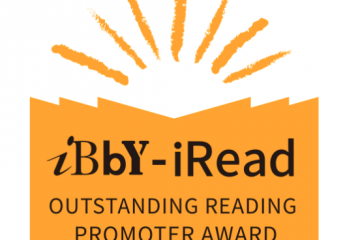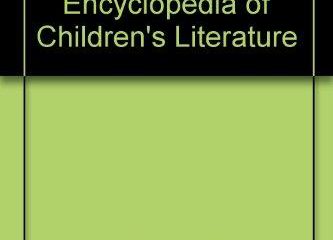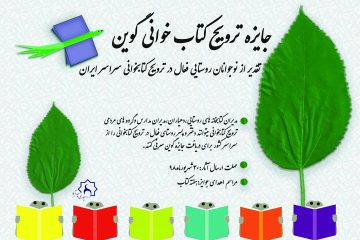Bam, a garden-city located in Kerman province and one of the largest growing regions of dates in Iran, is among the most active Iranian cities in forming book reading clubs. Its Arg-e Bam, the largest adobe building in the world, has been listed by UNESCO as part of the World Heritage Site, “Bam and its Cultural Landscape”. A massive earthquake hit the city in 2003, killing 25000 people (around the one-third of the whole population.)
While ago, I was invited to the city by a group of young members of the cities’ book reading clubs. Our gathering had different parts. Children read their letters to their favorite writers; some of the local reading promoters were acclaimed; we had a chance to talk; and I signed my books for them. The loveliest part was a tablet and a statue of appreciation they gave to me.

In letter-reading part, some of them mentioned the big earthquake. They hadn’t been born at the time but its memory passed down generation to generation, leaving unhealed wounds in their minds too. I didn’t want to talk with them about the earthquake. I didn’t dare to. What could I say? I didn’t know. I was wondering if books and reading clubs could heal up such wounds.
As I was called to talk, I got nervous. I really didn’t know what to say. Should I talk like the other cities, leaving the whole tragedy out? I knew for sure that I should start with something funny, warming their hearts. I noticed a signboard on which my name was written with a “Dr.” at the beginning. I neither am a doctor nor have a PhD. So I grabbed one of my books, stuck it on the “Dr.” word and told them “see, I’m not a doctor. I’m myself a patient!” They all laughed and I went among them to start a friendly conversation.
As we talked, I sensed that books and reading clubs did help their wounds to heal up. They felt happy together and seemed to enjoy spending time in the clubs. This great feeling pierced through our conversation, and at the end they made a line for book signing.



